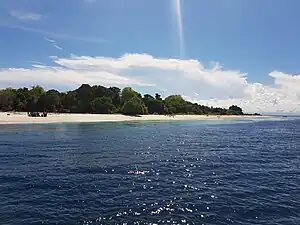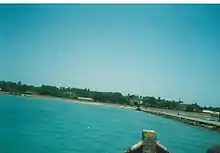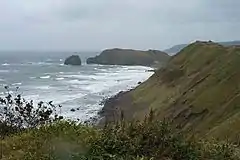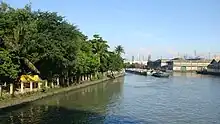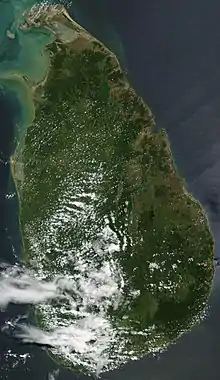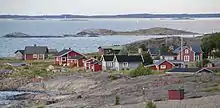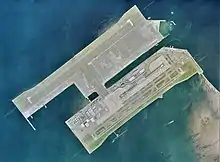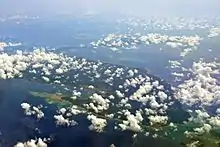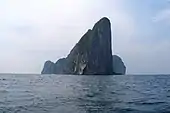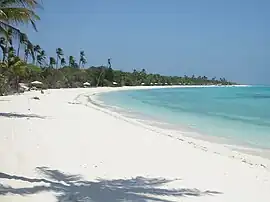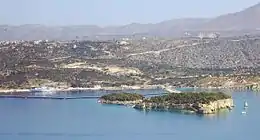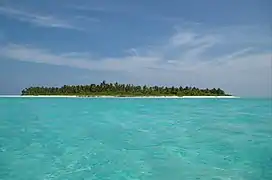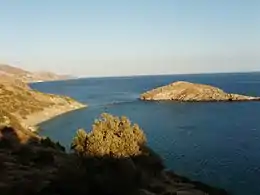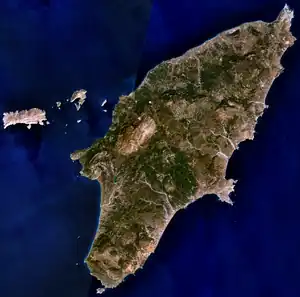The Islands Portal
An island or isle is a piece of subcontinental land completely surrounded by water. Very small islands such as emergent land features on atolls can be called islets, skerries, cays or keys. An island in a river or a lake island may be called an eyot or ait, and a small island off the coast may be called a holm. Sedimentary islands in the Ganges Delta are called chars. A grouping of geographically or geologically related islands, such as the Philippines, is referred to as an archipelago.
There are two main types of islands in the sea: continental islands and oceanic islands. There are also artificial islands (man-made islands).
There are about 900,000 official islands in the world. This number consists of all the officially-reported islands of each country. The total number of islands in the world is unknown. There may be hundreds of thousands of tiny islands that are unknown and uncounted. The number of sea islands in the world is estimated to be more than 200,000. The total area of the world's sea islands is approx. 9,963,000 sq km, which is similar to the area of Canada and accounts for roughly 1/15 (or 6.7%) of the total land area of Earth. (Full article...)
Selected article –
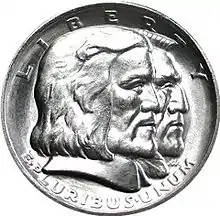
The Long Island Tercentenary half dollar was a commemorative half dollar struck by the United States Bureau of the Mint in 1936. The obverse depicts a male Dutch settler and an Algonquian tribesman, and the reverse shows a Dutch sailing ship. It was designed by Howard Weinman, the son of Mercury dime designer Adolph A. Weinman.
The Long Island Tercentenary Committee wanted a coin to mark the 300th anniversary of the first European settlement there, at modern Flatlands, Brooklyn, New York City. The authorizing bill passed through Congress without opposition. Still, it was amended in the Senate to add protections against past commemorative coin abuses, such as low mintages or an assortment of varieties. On April 13, 1936, the bill became law with the signature of President Franklin D. Roosevelt. (Full article...)
Selected cuisines, dishes and foods –
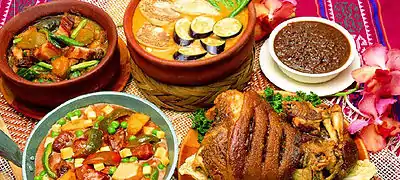
Filipino cuisine (Filipino: lutong Pilipino/pagkaing Pilipino) is composed of the cuisines of more than a hundred distinct ethnolinguistic groups found throughout the Philippine archipelago. A majority of mainstream Filipino dishes that compose Filipino cuisine are from the food traditions of various ethnolinguistic groups and tribes of the archipelago, including the Ilocano, Pangasinan, Kapampangan, Tagalog, Bicolano, Visayan, Chavacano and Maranao ethnolinguistic groups. The dishes associated with these groups evolved over the centuries from a largely indigenous (largely Austronesian) base shared with maritime Southeast Asia with varied influences from Chinese, Spanish and American cuisines, in line with the major waves of influence that had enriched the cultures of the archipelago and adapted using indigenous ingredients to meet local preferences.
Dishes range from the very simple meal of fried salted fish and rice to curries, paellas, and cozidos of Iberian origin made for fiestas. Popular dishes include lechón (whole roasted pig), longganisa (Philippine sausage), tapa (cured beef), torta (omelette), adobo (vinegar and soy sauce-based stew ), kaldereta (meat stewed in tomato sauce and liver paste), mechado (larded beef in soy and tomato sauce), pochero (beef and bananas in tomato sauce), afritada (chicken or beef and vegetables simmered in tomato sauce), kare-kare (oxtail and vegetables cooked in peanut sauce), pinakbet (kabocha squash, eggplant, beans, okra, bitter melon, and tomato stew flavored with shrimp paste), sinigang (meat or seafood with vegetables in sour broth), pancit (noodles), and lumpia (fresh or fried spring rolls). (Full article...)Related articles
- List articles
- List of islands
- List of islands by area
- List of islands by highest point
- List of islands by name
- List of islands by population
- List of islands by population density
- List of archipelagos
- List of archipelagos by number of islands
- List of artificial islands
- List of divided islands
- List of fictional islands
- List of island countries
- List of islands in lakes
- List of islands named after people
- List of islands of the European Union
- List of private islands
Selected image –
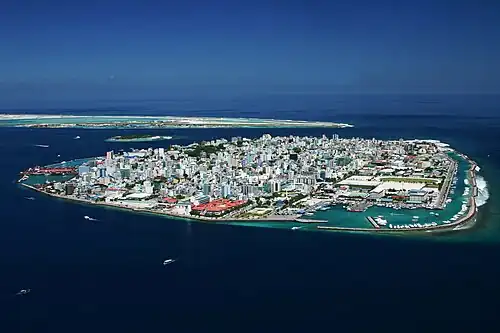
Did you know –
- ... that after decades of being a central hub for river dredging operations, Stony Island's population was reduced to a caretaker and his two dogs?
- ... that Bridgeman Island was the first volcano in Antarctica to be seen erupting?
- ... that although Mayu Island has an area of less than one square kilometer (0.4 sq mi), it has two different temples honoring the same goddess?
- ... that Carl-Gustav Groth was the first surgeon in Sweden to perform pancreas, liver, and islet cell transplants?
- ... that to preserve the surrounding natural environment, Tsunoshima Bridge curves to avoid an island?
- ... that a decline in the sale of stamps from the Pitcairn Islands led to the territory's bankruptcy?
General images –
Related portals
WikiProjects
 | |
| WikiProject Islands | WikiProject Geography |
|---|
Topics
Categories

Associated Wikimedia
The following Wikimedia Foundation sister projects provide more on this subject:
-
 Commons
Commons
Free media repository -
 Wikibooks
Wikibooks
Free textbooks and manuals -
 Wikidata
Wikidata
Free knowledge base -
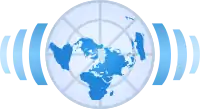 Wikinews
Wikinews
Free-content news -
 Wikiquote
Wikiquote
Collection of quotations -
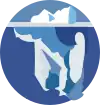 Wikisource
Wikisource
Free-content library -
 Wikiversity
Wikiversity
Free learning tools -
 Wikivoyage
Wikivoyage
Free travel guide -
 Wiktionary
Wiktionary
Dictionary and thesaurus
Things to do
 |
Here are some tasks awaiting attention:
|
Web resources
- Listing of islands from the United Nations Island Directory
-
 List of all portalsList of all portals
List of all portalsList of all portals -
 The arts portal
The arts portal -
 Biography portal
Biography portal -
 Current events portal
Current events portal -
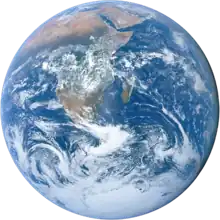 Geography portal
Geography portal -
 History portal
History portal -
 Mathematics portal
Mathematics portal -
 Science portal
Science portal -
 Society portal
Society portal -
 Technology portal
Technology portal -
 Random portalRandom portal
Random portalRandom portal -
 WikiProject PortalsWikiProject Portals
WikiProject PortalsWikiProject Portals

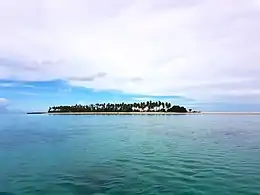
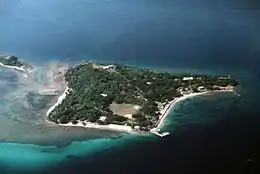
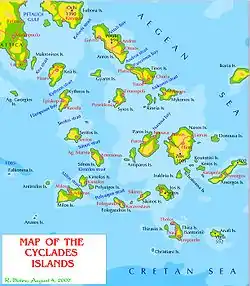
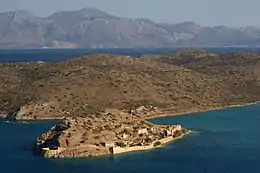
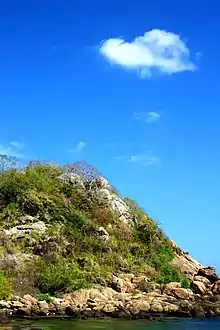
.jpg.webp)
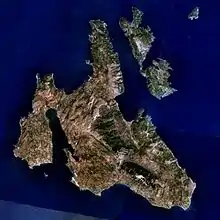

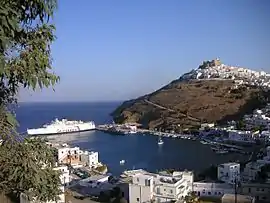
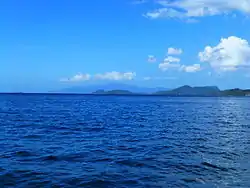
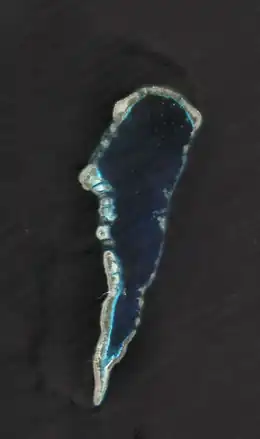

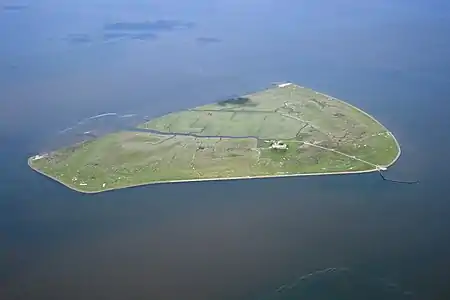

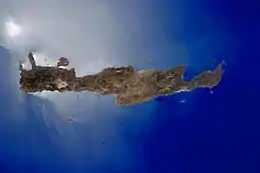
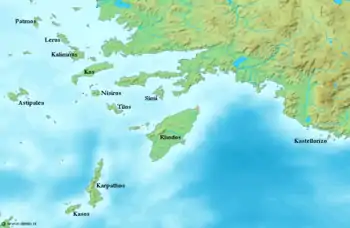
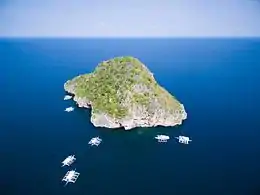
01.jpg.webp)
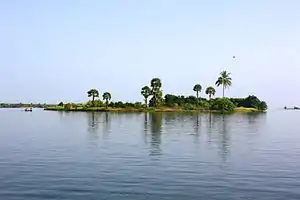
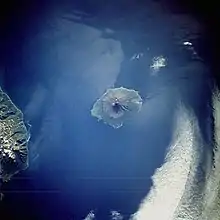

.jpg.webp)
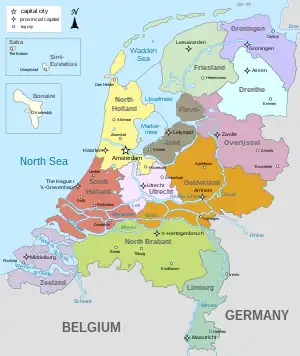

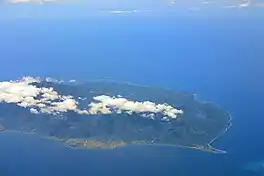
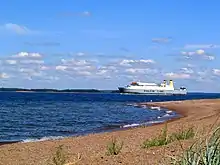
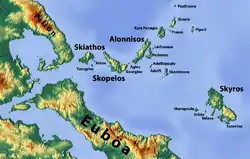
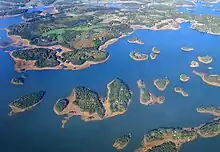
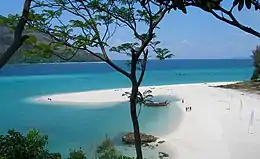
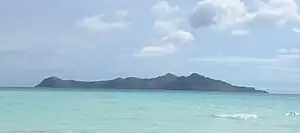
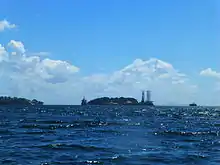
![Image 33The Shamanka Шаманка [ru], a holy rock in Shamanism and one of the 9 most holy places in Asia, on the westcoast of Olkhon (from List of islands of Russia)](../I/Shaman_Kamen.jpg.webp)
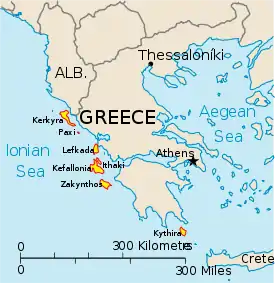
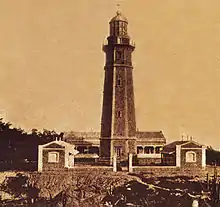
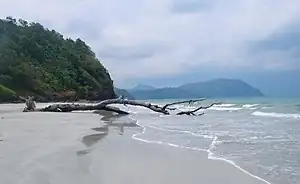

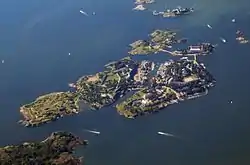



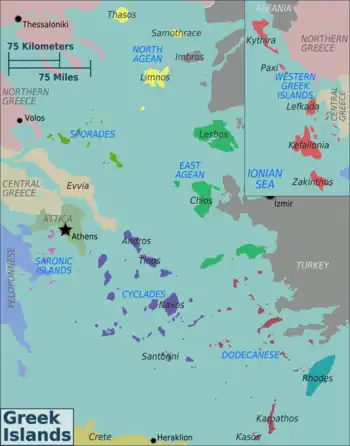
_(706045272).jpg.webp)

.jpg.webp)

.jpg.webp)
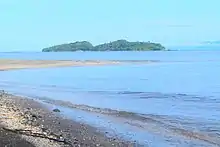
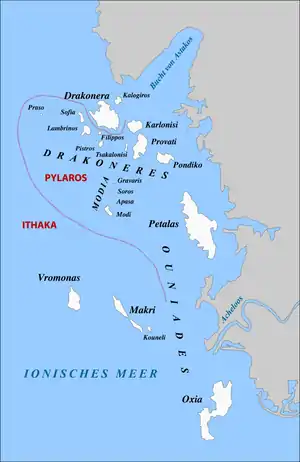
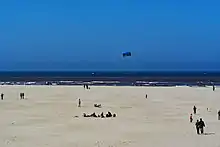
.jpg.webp)
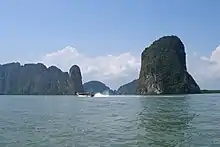

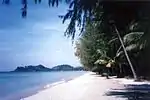
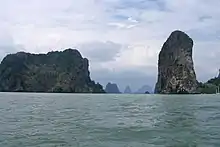
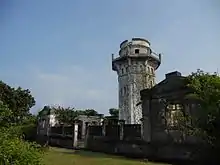
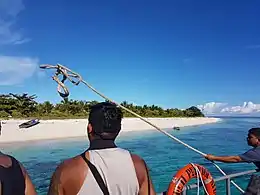
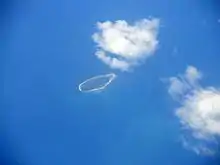
_Island_in_Phang_Nga_Bay%252C_Thailand.jpg.webp)

